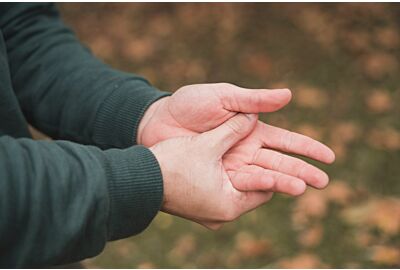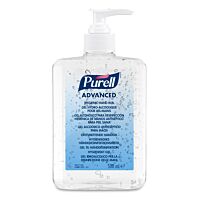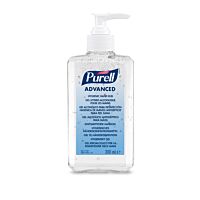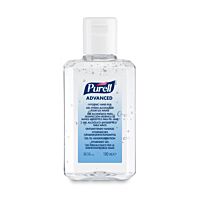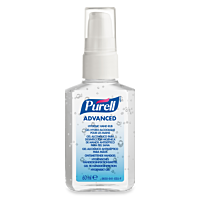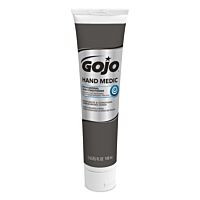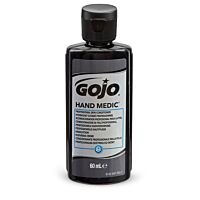Author: Kristen Green Clinical Scientist, GOJO Industries
Adapted by: Romina Peralta
Your hands are valuable tools. Like any instrument, there is maintenance and upkeep required to ensure proper functioning. Since the pandemic, everyone has started focusing more on cleaning their hands – which is excellent – but because of all that extra cleaning, some may be experiencing dry, cracked hands, and blaming it on their hand sanitiser. However, there are many causes and solutions to dry hands.
Hands drying out, feeling tight, becoming cracked or chapped are bothersome complaints that affect our skin’s outermost layer, the stratum corneum, which fends off germs and keeps the skin hydrated. The skin on your hands is an excellent protective barrier that serves as the first line of defence against infection-causing germs. Since dried-out skin can lead to cracks in this armour, a vital component of caring for your hands is keeping them hydrated to preserve skin function.
Typically, you may think of dry hands as occurring during the winter months when there is less humidity and available moisture in the air, so your hands require extra attention to restore moisture and maintain skin health. But in summer, sun exposure, air conditioning, and chlorine from the pool can dry out your hands,1 so it’s important to use moisturiser, even if the air is humid. Also, remember to apply sunblock to the backs of your hands while covering the rest of your body, then reapply after handwashing.
We can renew our skin health by following these tips:
- Use cool water to rinse. When washing your hands, using hot water can strip the hands of naturally occurring lipids and contribute to dryness.
- Rinse hands thoroughly after washing. Leaving soap on the skin can cause irritation contributing to agitated and chapped skin.
- Don’t dry with force. Dry your hands thoroughly, but by patting them instead of dragging the towel roughly over your skin, which can cause additional skin irritation that can be avoided with a gentler drying approach.
- Moisturise after handwashing. An ideal time to apply a moisturiser is soon after washing your hands to lock in some of the moisture. It’s OK to lotion after sanitising; just ensure your hands are completely dry before applying the lotion.
- Use a well-formulated lotion. Oil-based lotions and creams can help moisturise your hands, increase skin hydration, and restore lipid content to the skin surface, contributing to the barrier function of normal skin.2 Choose moisturisers from brands you trust and use them often, especially when the skin feels dry and tight.
- Use gloves when washing the dishes or outside in cold temperatures. Gloves provide a physical barrier that protects your hands from dish soap (which was not formulated for hands) and the winter elements.
- Don’t use harsh soaps or low-quality hand sanitisers. Handwashing or sanitising with quality products will not damage your skin. Use gentle cleansing soaps with added moisturisers and quality alcohol-based hand sanitisers with added moisturisers and skincare agents, such as PURELL® Advanced Hygienic Hand Rub. Your skin should feel smooth and soft after washing. If it feels dry or tight, you may need to use a different soap.
- Healthy hands start with clean hands. Washing hands with soap and water and using a quality hand sanitiser are some of the easiest steps to reduce germs that can make you sick.
PURELL® hand sanitisers are formulated to be effective against germs in the most demanding situations and contain moisturisers and skin conditioners to help hands feel soft, even with heavy use.
1. Retrieved on June 3, 2021. Dermatology & Mohs, “How to Avoid Dryness in Summer Months.” https://www.dermatologymohsinstitute.com/blog/how-to-avoid-dryness-in-summer-months
2. Wilhelm KP. Prevention of surfactant-induced irritant contact dermatitis. Curr Probl Dermatol 1996;25:78—85

